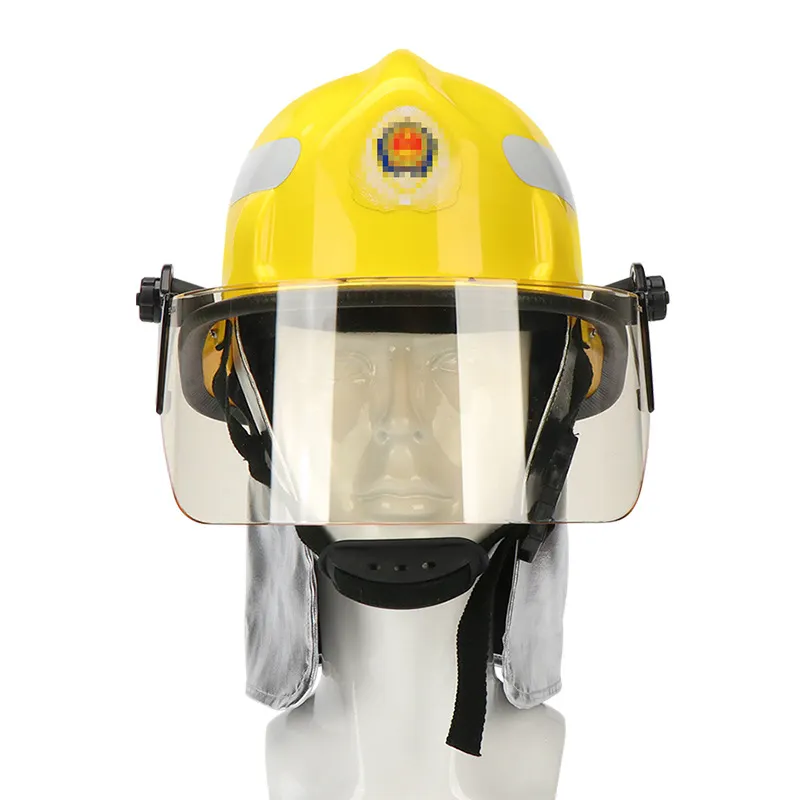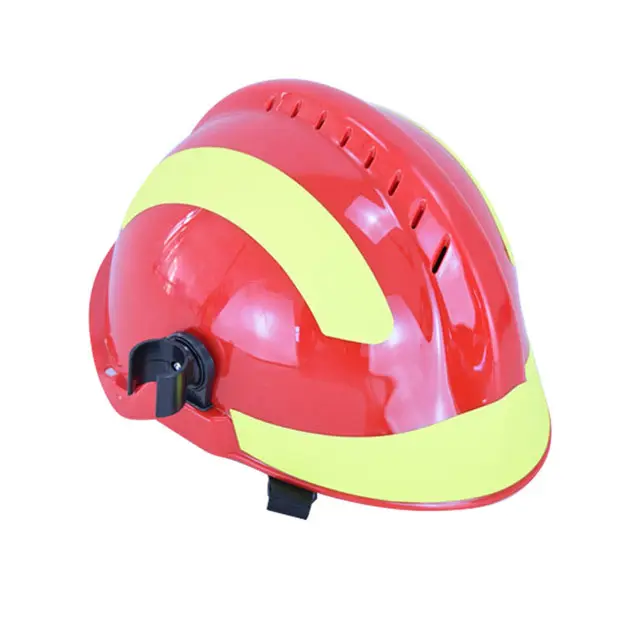“Under the Fire Hood: Features and Functions of Modern Fire Helmets”
Modern fire helmets are a marvel of design and engineering, packed with features that provide crucial protection and functionality for firefighters. Here’s a look at the key features and functions of modern fire helmets:
- Outer Shell: The outer shell of a modern fire helmet is typically made of durable, heat-resistant materials like thermoplastic, fiberglass, or composite materials. This shell is designed to withstand high temperatures and protect the firefighter’s head from direct flame contact.
- Impact Absorbing Liner: Inside the helmet, an impact-absorbing liner, often made of expanded foam, is crucial for dissipating the force of impacts. It provides protection against falling debris, structural collapses, and other hazards.
- Adjustable Suspension System: A comfortable and adjustable suspension system inside the helmet ensures a secure fit. It can be customized to the firefighter’s head shape and size, reducing the risk of the helmet dislodging during firefighting activities.
- Chin Strap: The chin strap is a key component in keeping the helmet in place during active firefighting. It must be securely fastened and adjusted to form a “V” shape under the firefighter’s ears.
- Face Shield or Goggles: Many modern fire helmets come with integrated face shields or goggles to protect the firefighter’s eyes and face from heat, smoke, embers, and debris. These components enhance overall safety and visibility during firefighting operations.
- Radiant Heat Shield: Some helmets feature a radiant heat shield, usually made of reflective materials. This shield protects the firefighter’s neck and ears from the intense radiant heat generated by fires.
- Helmet Visor and Lighting: A flip-down visor or integrated lighting system can improve visibility in low-light or smoke-filled environments. These features are crucial for navigating and working effectively during firefighting operations.
- Reflective Trim: Reflective trim on the helmet enhances visibility in low-light conditions. It makes it easier for team members to locate each other during the chaos of firefighting incidents.
- Customization: Fire helmets often have designated areas for personalized markings, such as the firefighter’s name, department, rank, and other identification information.
- Safety Standards: Modern fire helmets are meticulously designed and manufactured to meet established safety standards. These standards ensure that the helmets offer a high level of protection and are rigorously tested to withstand the rigors of firefighting environments.
- Helmet Accountability: Fire departments often use helmet color codes or numbering systems to indicate the roles and positions of firefighters on the scene. This aids in accountability and facilitates communication during firefighting operations.
- Integrated Communication: Some advanced fire helmets have integrated communication systems, allowing firefighters to stay connected with their team and incident command while wearing their helmets.
Modern fire helmets are a testament to the continuous improvement of firefighter safety and effectiveness. They provide a comprehensive shield against extreme heat, impacts, and other hazards, ensuring that firefighters can operate efficiently and safely in the challenging environments they face during their duties.


